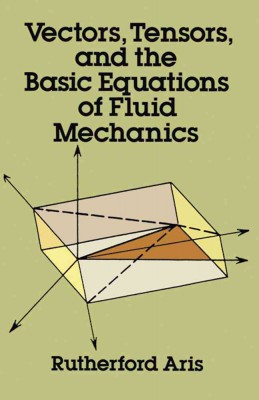| Vectors, Tensors and the Basic Equations of Fluid Mechanics Contributor(s): Aris, Rutherford (Author) |
|
 |
ISBN: 0486661105 ISBN-13: 9780486661100 Publisher: Dover Publications OUR PRICE: $20.90 Product Type: Paperback - Other Formats Published: January 1990 Annotation: Introductory text for engineers, physicists, and applied mathematicians applies mathematics of Cartesian and general tensors to physical field theories, demonstrating them chiefly in terms of the theory of fluid mechanics. Many exercises throughout the text. Index. Preface. Appendixes. |
| Additional Information |
| BISAC Categories: - Technology & Engineering | Hydraulics - Science | Mechanics - General - Mathematics | Applied |
| Dewey: 532 |
| LCCN: 89023501 |
| Series: Dover Books on Mathematics |
| Physical Information: 0.7" H x 5.4" W x 8.3" (0.85 lbs) 320 pages |
| Descriptions, Reviews, Etc. |
| Publisher Description: This excellent text develops and utilizes mathematical concepts to illuminate physical theories. Directed primarily to engineers, physicists, and applied mathematicians at advanced undergraduate and graduate levels, it applies the mathematics of Cartesian and general tensors to physical field theories and demonstrates them chiefly in terms of the theory of fluid mechanics. |